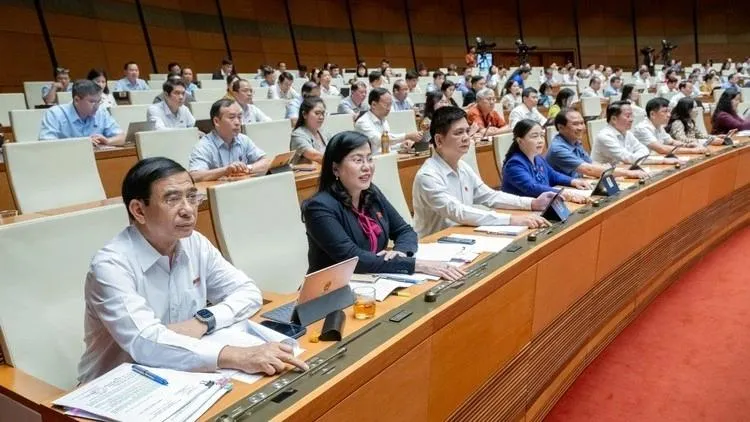
Do not legalize the modernization of existing 1,000mm gauge railways to 1,435mm gauge
With the majority of delegates in favor, the National Assembly voted to pass the Railway Law (amended).
Regarding investment in the construction of important national railway projects, the law stipulates that the National Assembly decides on the investment policy for railway projects. In case the preparation, appraisal, approval, and adjustment of railway projects and resettlement projects to serve site clearance for railway projects are in accordance with the railway network planning and provincial planning but there are changes compared to other relevant planning, the project shall be approved without having to carry out planning adjustment procedures; relevant planning must be promptly updated accordingly and announced in accordance with regulations.
Reporting on the acceptance of explanations and revisions to the draft law, Minister of Construction Tran Hong Minh said that the Government has reviewed to ensure the full and comprehensive institutionalization and concretization of the Party's viewpoints, policies and guidelines. At the same time, it has carefully studied and ensured that the specific mechanisms and policies, especially those stipulated in the draft law, must thoroughly grasp the three requirements of feasibility, strictness and effectiveness.
The draft law has revised 18 mechanisms and policies in the draft law to ensure that these policies are not implemented mechanically, are stable and create breakthroughs for the development of the railway system. At the same time, it ensures the full institutionalization of the Party's policies and guidelines.
Some opinions say that the draft law mentions the issue of modernization, but does not mention the roadmap for upgrading the 1,000mm gauge railway to 1,435mm, so consider adding regulations on the conversion roadmap. Regarding this content, the Government explains that upgrading, renovating, and modernizing existing 1,000mm gauge railways to 1,435mm gauge, if any, must be carried out according to the approved railway network planning, railway route and station planning to ensure socio -economic efficiency, national defense, security and in accordance with the ability to balance resources in each period. This content is a measure to organize the implementation of the planning, so the Government proposes not to legalize it.
Accepting risk mechanisms in science, technology and innovation
The National Assembly also passed the draft Law on Science, Technology (amended) and Innovation.
The Law has established the principle of accepting risks in science, technology and innovation activities. This principle is associated with appropriate risk management measures and assigned to the Government to prescribe criteria for determining acceptable risks, procedures for assessing compliance with procedures and regulations. At the same time, it establishes a legal framework for a controlled testing mechanism, ensuring both encouragement of innovation and protection of public interests.
Regarding the special mechanism in decoding technology and purchasing technological know-how, the draft law stipulates that the organization in charge of science, technology and innovation tasks can apply a special mechanism in appointing and paying experts, directly purchasing technology and products at agreed prices for decoding technology in strategic technology development, and purchasing technological know-how.
The draft law also revises the content of the State implementing policies to support, invest, cooperate and assign tasks to enterprises to develop strategic technology, specifically investing in building infrastructure and specialized support services in industrial parks and high-tech parks to attract enterprises to invest in building shared experimental and research facilities; investing in building facilities and equipment for shared experimental and research facilities to attract enterprises to participate in exploitation and operation.
Notably, this draft law has directed the addition of regulations on the chief engineer of science, technology and innovation. The chief engineer is an individual with outstanding prestige and capacity, who is given the authority to comprehensively coordinate large-scale strategic science, technology and innovation programs and tasks; has a special mechanism for remuneration and the right to proactively use resources to create conditions for maximizing the role of professional leadership in programs and tasks.
The National Assembly also passed the Law on Atomic Energy (amended). This Law regulates the development and application of atomic energy; radiation safety, radiation protection, nuclear safety and nuclear security; nuclear power plants, nuclear research reactors; response to radiation incidents, nuclear incidents, compensation for radiation damage, nuclear damage; nuclear inspection and state management in the field of atomic energy. The Law takes effect on January 1, 2026.
Source: https://www.sggp.org.vn/du-an-duong-sat-do-quoc-hoi-quyet-dinh-chu-truong-dau-tu-post801318.html







![[Photo] Many people eagerly await the preliminary review despite heavy rain](https://vphoto.vietnam.vn/thumb/1200x675/vietnam/resource/IMAGE/2025/8/27/4dc782c65c1244b196890448bafa9b69)
![[Photo] Panorama of the 29th Congress of the Party Committee of Nhan Dan Newspaper](https://vphoto.vietnam.vn/thumb/1200x675/vietnam/resource/IMAGE/2025/8/27/aa31210f7e2b47de948b2b60dde20aff)
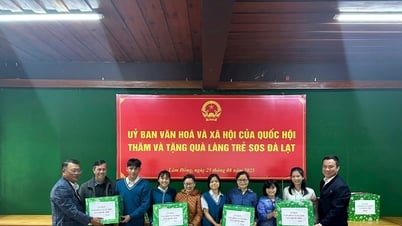

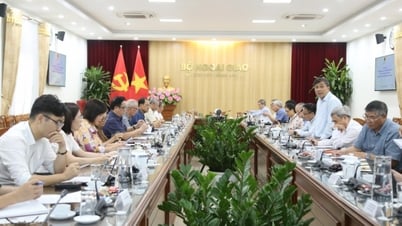





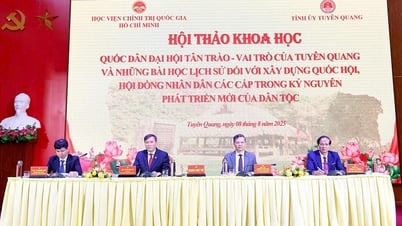




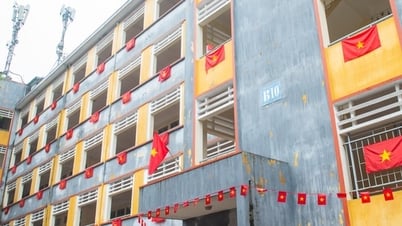




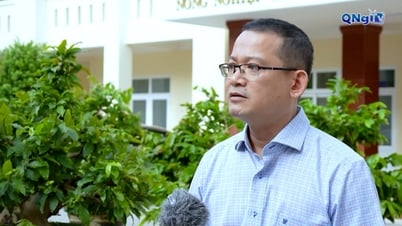



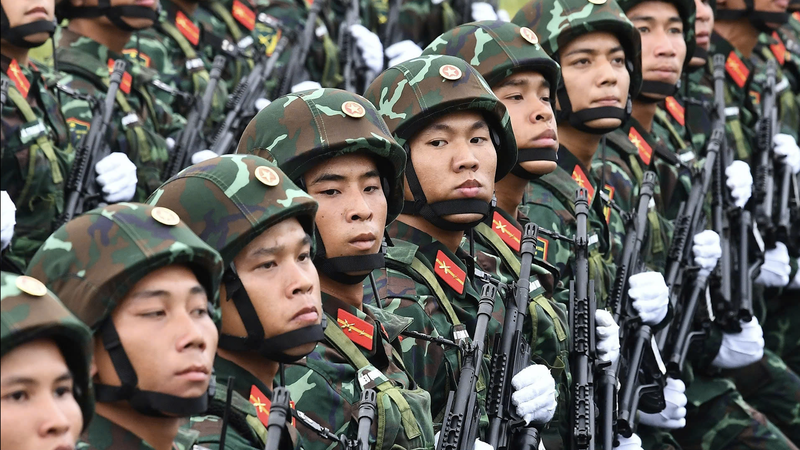




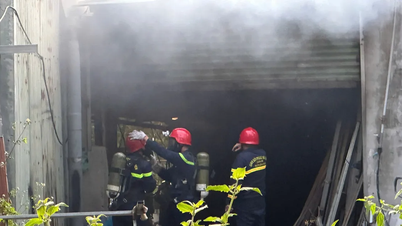
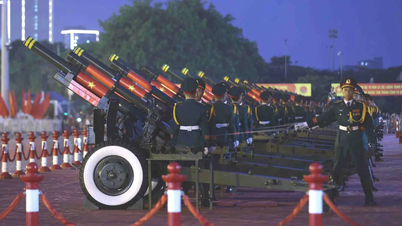
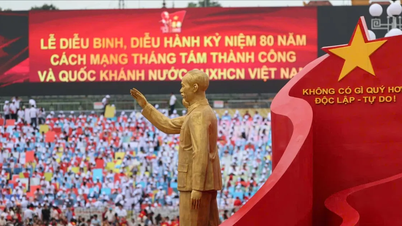




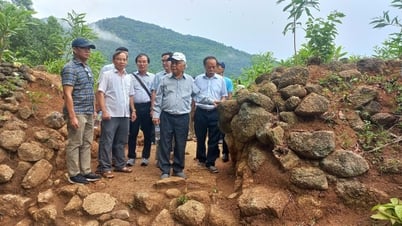

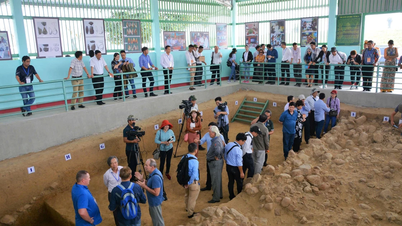

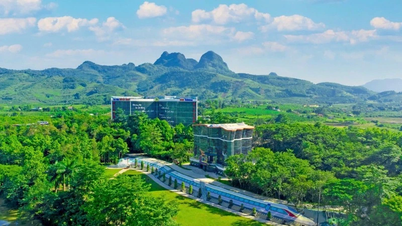


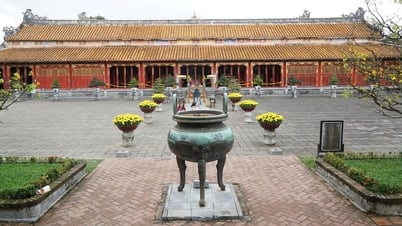







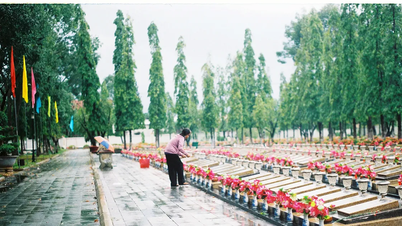







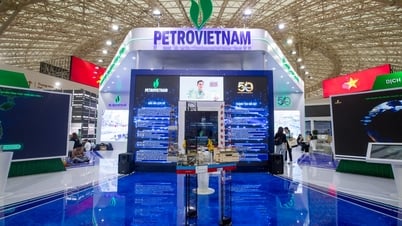

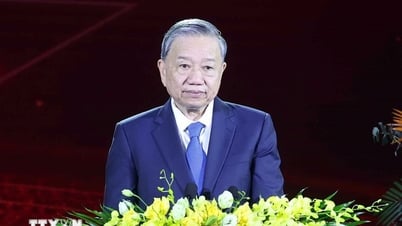


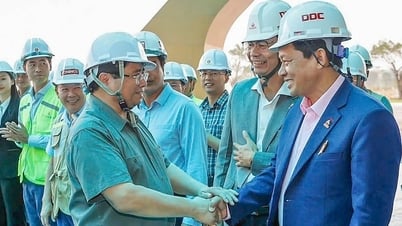








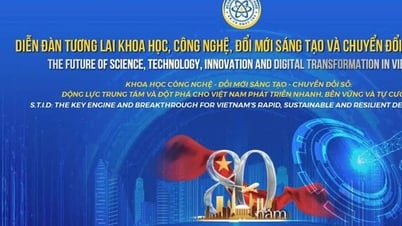











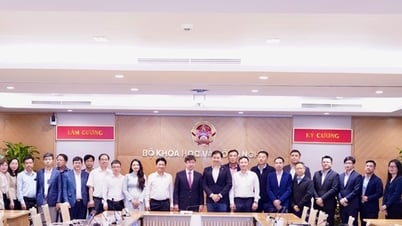


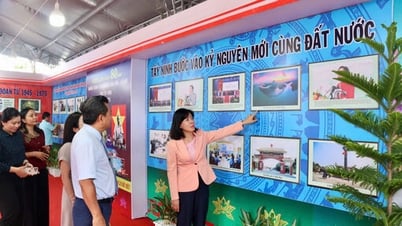










Comment (0)